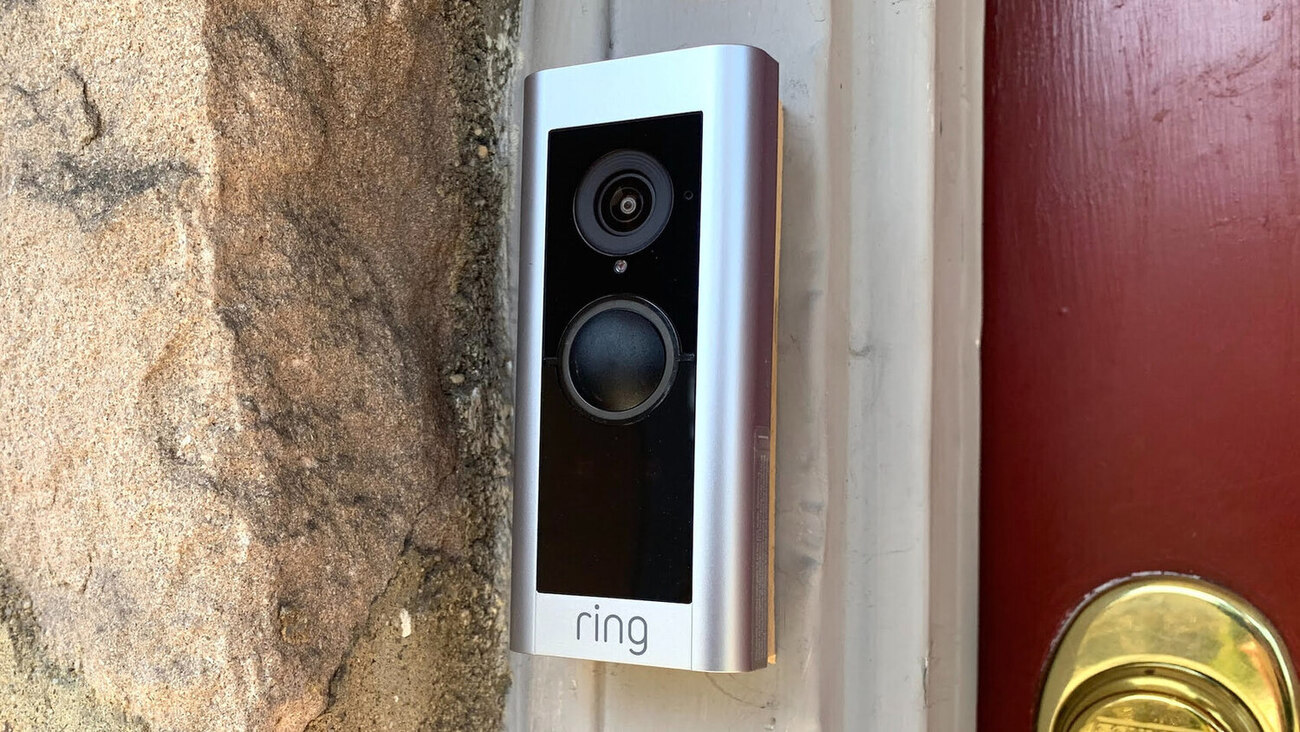

Articles
How To Adjust Sensitivity On Ring Doorbell
Modified: December 7, 2023
Learn how to adjust the sensitivity on your Ring Doorbell with these helpful articles. Get the perfect motion detection settings for your home security.
(Many of the links in this article redirect to a specific reviewed product. Your purchase of these products through affiliate links helps to generate commission for Storables.com, at no extra cost. Learn more)
Introduction
Welcome to the world of smart home security with Ring Doorbell! Whether you’ve just installed a Ring Doorbell or you’ve had one for a while, you may find that the default sensitivity settings don’t quite meet your needs. In this article, we will explore how to adjust the sensitivity on your Ring Doorbell to ensure you receive the right notifications while avoiding unnecessary alerts.
Ring Doorbell is a popular home security device that allows you to monitor your front door and receive notifications when someone approaches your home. By adjusting the sensitivity settings, you can customize the doorbell’s response to motion detection, ensuring that it captures the activity that matters most to you.
Understanding and effectively adjusting the sensitivity on your Ring Doorbell is crucial to maximizing its functionality. By finding the right balance, you can prevent false alarms caused by irrelevant motion while ensuring you don’t miss any important events. So, let’s dive into the details and learn how to adjust the sensitivity on your Ring Doorbell.
Key Takeaways:
- Customize your Ring Doorbell’s sensitivity to avoid unnecessary alerts and ensure it captures the activity that matters most to you. Find the right balance for your specific situation to maximize its functionality.
- Test, fine-tune, and troubleshoot sensitivity issues to optimize your Ring Doorbell’s performance. Regularly review and refine settings to maintain an optimal balance between capturing meaningful activity and minimizing false alarms.
Read more: How To Adjust Smoke Detector Sensitivity
Understanding Sensitivity on Ring Doorbell
Before we jump into the steps of adjusting the sensitivity on your Ring Doorbell, let’s first understand what sensitivity means in this context. The sensitivity setting determines how sensitive your doorbell is to motion detection. In other words, it controls how easily your doorbell triggers alerts when it detects movement in its field of view.
Ring Doorbell has a range of sensitivity levels that you can choose from, usually ranging from low to high. The higher the sensitivity, the more likely it is to detect even the smallest movements, while lower sensitivity levels will only trigger alerts for more significant motion.
It’s important to find the right balance for your specific situation. If your doorbell is too sensitive, you may receive constant notifications for every passing car or swaying tree branch. On the other hand, if it’s not sensitive enough, it may miss important events, such as someone approaching your door.
Factors like the distance between your doorbell and the area you want to monitor, the level of foot traffic in that area, and the presence of objects that may obstruct the camera’s view can all impact the sensitivity settings you choose. It’s essential to take these factors into account when adjusting the sensitivity on your Ring Doorbell.
By finding the right sensitivity level, you can ensure that your Ring Doorbell captures relevant activity, giving you the peace of mind and security you desire. Now that we have a basic understanding of sensitivity let’s proceed to the steps involved in adjusting it on your Ring Doorbell.
Steps to Adjust Sensitivity on Ring Doorbell
Adjusting the sensitivity on your Ring Doorbell is a straightforward process. Here are the steps to follow:
- Open the Ring app: To adjust the sensitivity settings, you will need to open the Ring app on your smartphone or tablet. Ensure that you have the latest version of the app to access all the features.
- Select your Ring Doorbell: Once you’re in the app, select the Ring Doorbell device you want to adjust the sensitivity for. If you have multiple devices, choose the one you wish to modify.
- Tap on Device Settings: On the device’s main dashboard, look for the “Device Settings” option, usually represented by a gear icon. Tap on it to access the settings menu for your doorbell.
- Choose Motion Settings: Within the Device Settings menu, locate and tap on the “Motion Settings” option. This section is where you can adjust various motion-related settings for your Ring Doorbell, including sensitivity.
- Adjust the sensitivity level: In the Motion Settings menu, you’ll find a slider or numerical scale that allows you to adjust the sensitivity level. Slide it to the left for lower sensitivity or to the right for higher sensitivity. As you make adjustments, you may see a preview of the motion detection range updating in real-time.
- Save the changes: Once you’re satisfied with the sensitivity level you’ve set, tap on the “Save” or “Apply” button to save your changes. Your Ring Doorbell will now use the updated sensitivity settings to detect and trigger motion alerts.
It’s important to note that it may take a few moments for the changes to take effect. Additionally, the Ring app may provide additional options to fine-tune the sensitivity further, such as specifying the area or zones you want to focus on for motion detection. Take the time to explore these additional settings to customize your Ring Doorbell experience according to your preferences.
Now that you’ve successfully adjusted the sensitivity on your Ring Doorbell, let’s move on to testing and fine-tuning to ensure optimal performance.
To adjust the sensitivity on your Ring Doorbell, open the Ring app, select your device, go to “Motion Settings,” and adjust the slider for motion sensitivity to your preference. Keep in mind that higher sensitivity may result in more frequent notifications.
Testing and Fine-Tuning Sensitivity
After adjusting the sensitivity settings on your Ring Doorbell, it’s essential to test and fine-tune them to ensure optimal performance. Here are some tips for testing and fine-tuning the sensitivity:
- Monitor motion alerts: Once you’ve adjusted the sensitivity, keep an eye on the motion alerts you receive. If you find that you’re still receiving too many false alarms, it might be necessary to lower the sensitivity further. Conversely, if you’re missing important events, consider increasing the sensitivity.
- Adjust motion zones: The Ring app may offer the option to define specific motion zones within the camera’s field of view. By customizing the motion zones, you can focus on areas of interest, such as the front entrance, while ignoring less relevant areas. Experiment with adjusting the motion zones to refine the motion detection capabilities of your Ring Doorbell.
- Consider lighting conditions: Lighting plays a significant role in motion detection. If you find that your Ring Doorbell is struggling to capture motion adequately, consider adjusting the lighting conditions around the device. Proper lighting can improve the accuracy of motion detection, resulting in more reliable alerts.
- Work with other settings: The sensitivity setting works in conjunction with other settings in the Ring app. Explore other settings, such as motion frequency, to find the right combination that suits your needs. By adjusting multiple settings, you can fine-tune your Ring Doorbell’s performance and minimize false alarms.
- Regularly review and refine: Over time, your environment or needs may change. It’s important to regularly review and refine the sensitivity settings on your Ring Doorbell to adapt to these changes. What was once an ideal setting may no longer be suitable, so stay vigilant and make adjustments as necessary.
Remember, finding the perfect sensitivity level may require some trial and error. It’s a balancing act between capturing relevant activity and reducing false alarms. By testing and fine-tuning the sensitivity settings, you can ensure that your Ring Doorbell is optimized for your specific environment and preferences.
Now that you understand how to test and fine-tune the sensitivity on your Ring Doorbell, let’s address some common sensitivity issues and troubleshooting tips in the next section.
Common Sensitivity Issues and Troubleshooting
While adjusting the sensitivity settings on your Ring Doorbell can greatly improve its functionality, you may still encounter some common sensitivity issues. Here are a few issues you may encounter and some troubleshooting tips to help you resolve them:
- False motion alerts: If you’re receiving too many false motion alerts, it could be a result of overly high sensitivity settings. Try lowering the sensitivity level to see if it reduces the number of false alarms. Additionally, check for any objects in the camera’s field of view that may be triggering false motion detection, such as flags or plants swaying in the wind.
- Missed motion events: On the other hand, if you’re consistently missing important motion events, it might be necessary to increase the sensitivity. Make sure that the camera’s field of view is unobstructed and that there are no physical barriers, such as trees or walls, preventing clear motion detection.
- Uneven motion detection: Occasionally, you may find that your Ring Doorbell is detecting motion more accurately on one side than the other. This could be due to an improper installation or misalignment of the device. Double-check the positioning and alignment of your Ring Doorbell to ensure that it covers the desired area evenly.
- Interference from external sources: External sources, such as nearby Wi-Fi networks or other electronic devices, can sometimes interfere with the motion detection capabilities of your Ring Doorbell. Try changing the Wi-Fi channel or relocating the device to minimize interference and maximize motion detection accuracy.
- Insufficient lighting: Inadequate lighting can impact the ability of your Ring Doorbell to detect motion accurately. Ensure that the area you want to monitor is properly lit, especially during nighttime. Consider adding additional lighting or adjusting existing lighting fixtures to provide sufficient illumination for better motion detection.
By troubleshooting these common sensitivity issues, you can enhance the performance of your Ring Doorbell and optimize the motion detection capabilities. Don’t hesitate to reach out to Ring’s customer support if you encounter persistent issues or need further assistance with your device.
Now that we’ve covered common sensitivity issues and troubleshooting, let’s wrap up this article.
Read more: Why Is My Ring Doorbell Not Ringing
Conclusion
Adjusting the sensitivity on your Ring Doorbell is a crucial step in optimizing its performance and ensuring that you receive accurate and timely motion alerts. By understanding sensitivity and following the steps outlined in this article, you can easily adjust the settings to meet your specific needs.
Remember to test and fine-tune the sensitivity based on your environment and preferences. Regularly reviewing and refining the settings will help maintain an optimal balance between capturing meaningful activity and minimizing false alarms.
Should you encounter any sensitivity issues, such as false alerts or missed events, utilize the troubleshooting tips provided to address the problems. By troubleshooting, you can overcome common challenges and improve the performance of your Ring Doorbell.
Enjoy the peace of mind and security that your Ring Doorbell provides, knowing that you have customized the sensitivity settings to work for you. With this knowledge, you can confidently adjust and optimize your Ring Doorbell’s sensitivity and make the most out of this smart home security device.
Remember, technology is constantly evolving, and Ring may introduce new features or updates that could affect sensitivity settings. Stay informed by regularly checking for updates and exploring any additional options or enhancements that may be available to further customize your Ring Doorbell experience.
Thank you for reading this guide on adjusting sensitivity on your Ring Doorbell. Wishing you a seamless and effective monitoring experience with your Ring Doorbell!
Frequently Asked Questions about How To Adjust Sensitivity On Ring Doorbell
Was this page helpful?
At Storables.com, we guarantee accurate and reliable information. Our content, validated by Expert Board Contributors, is crafted following stringent Editorial Policies. We're committed to providing you with well-researched, expert-backed insights for all your informational needs.
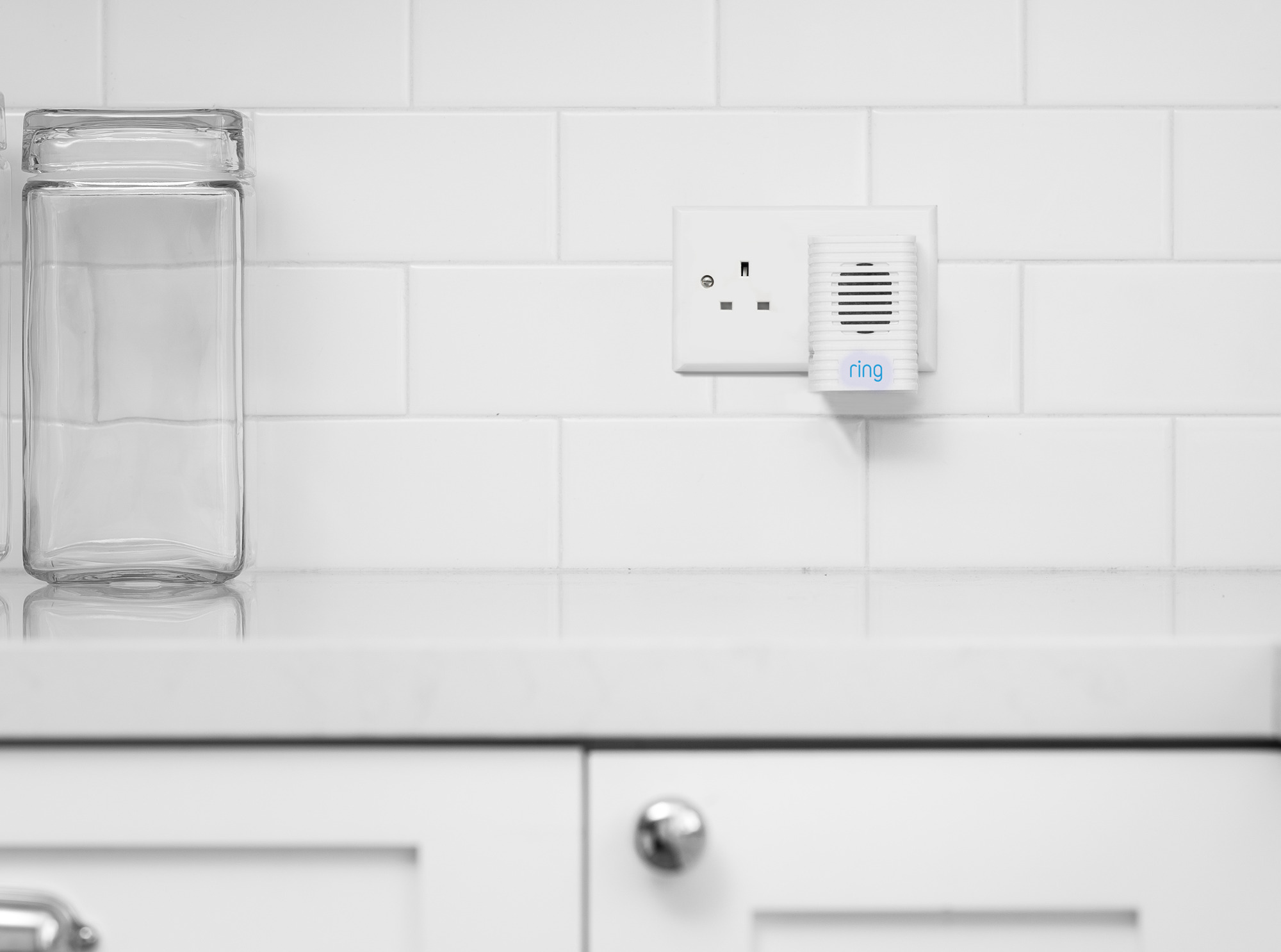
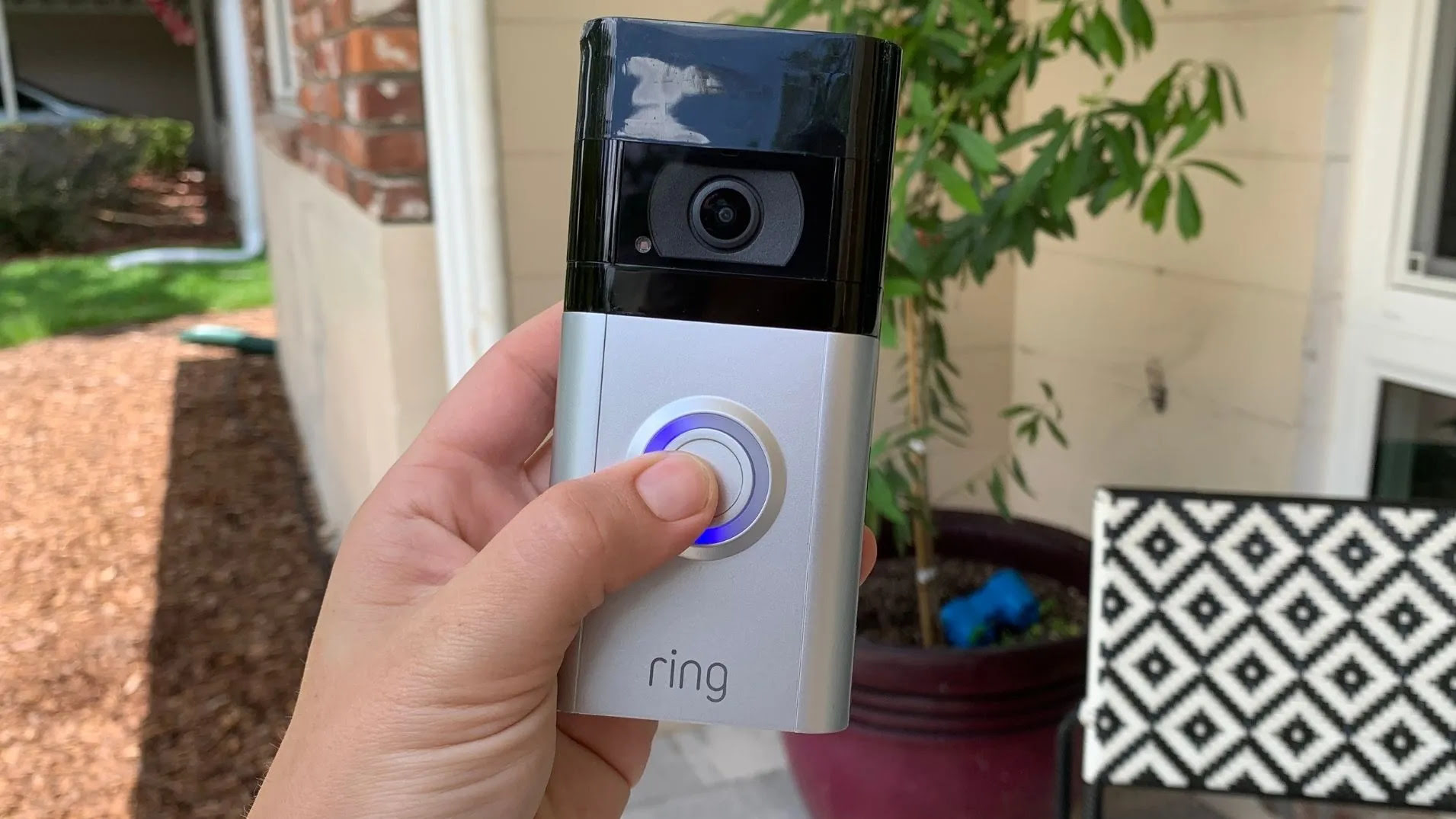

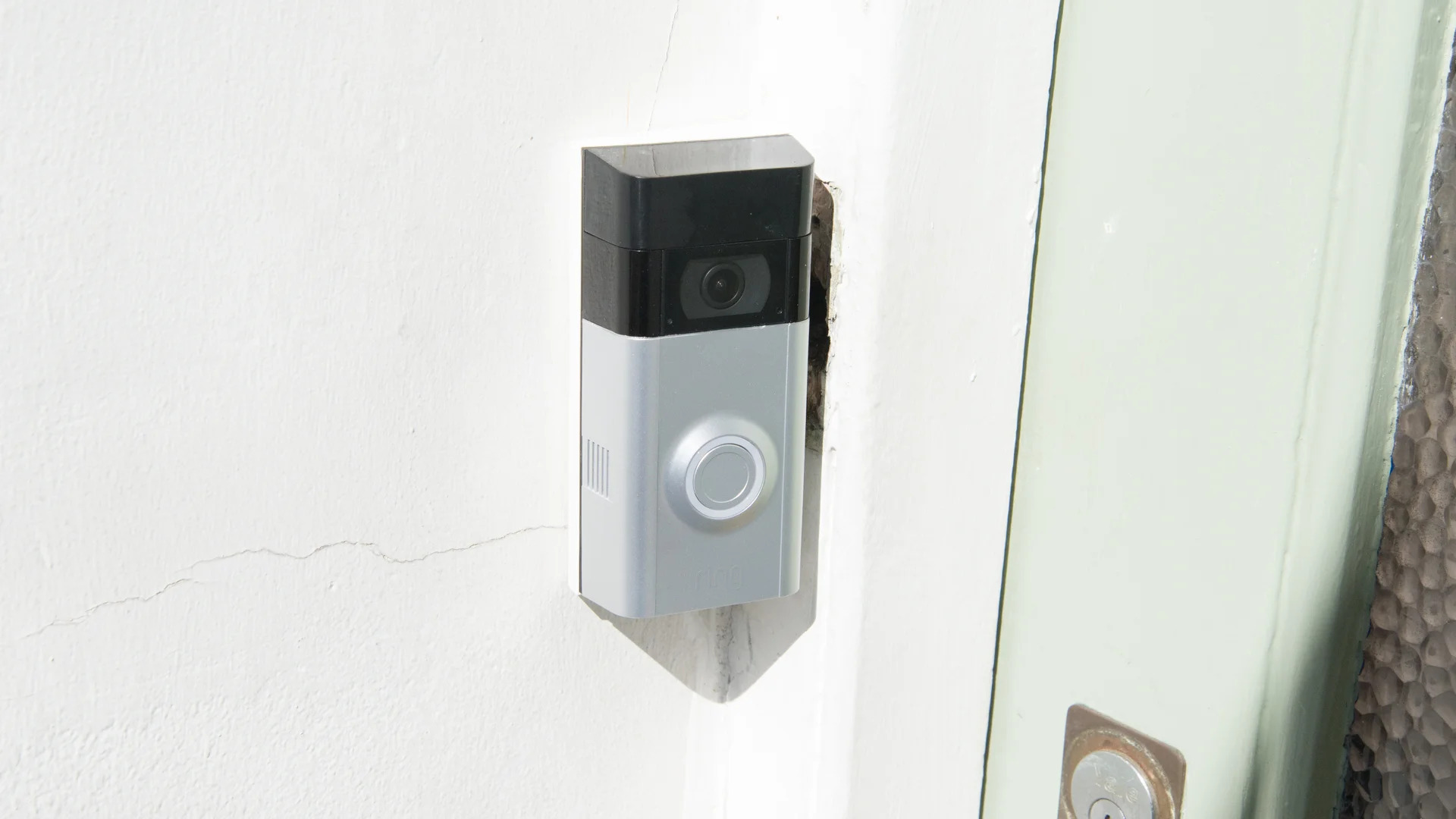
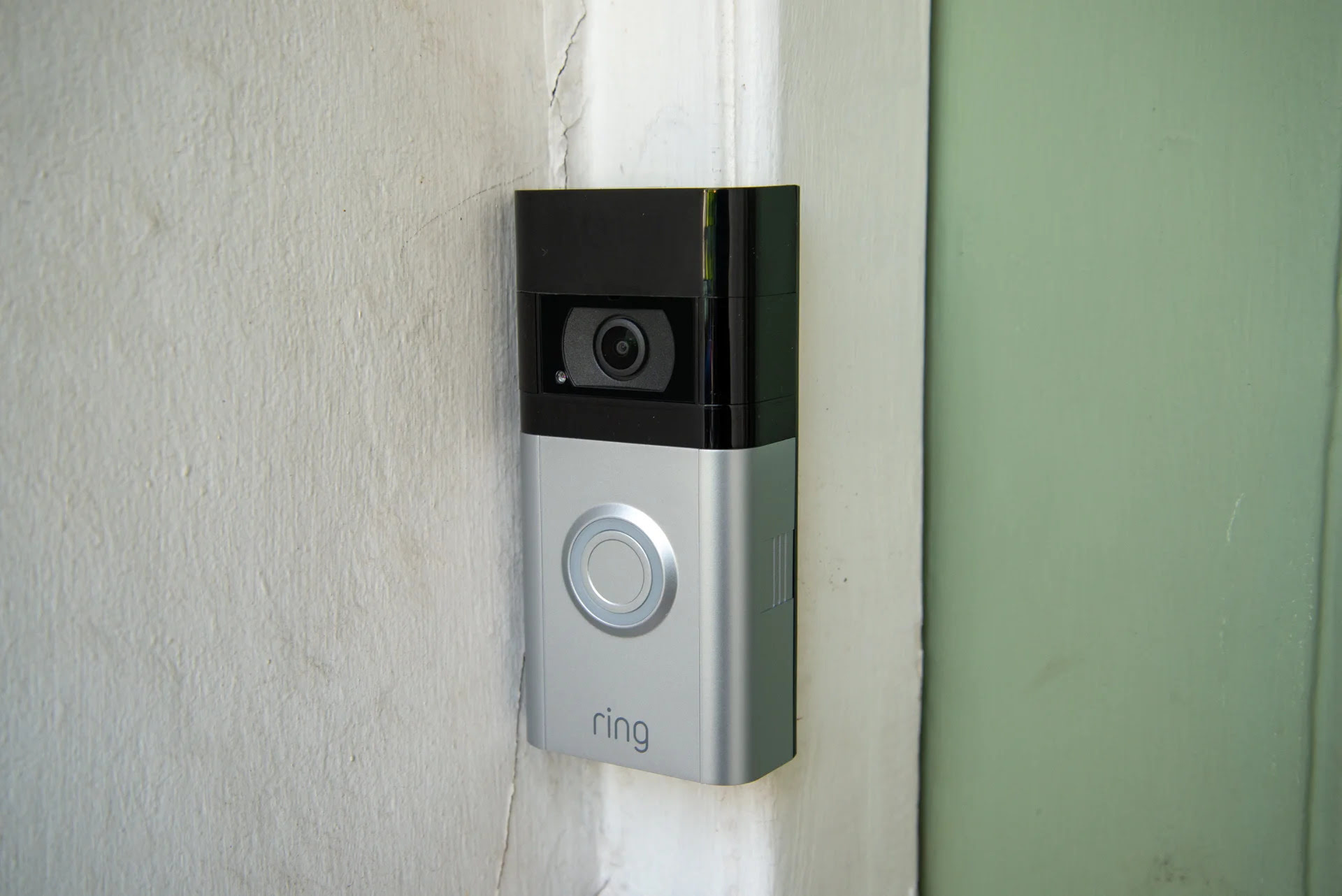
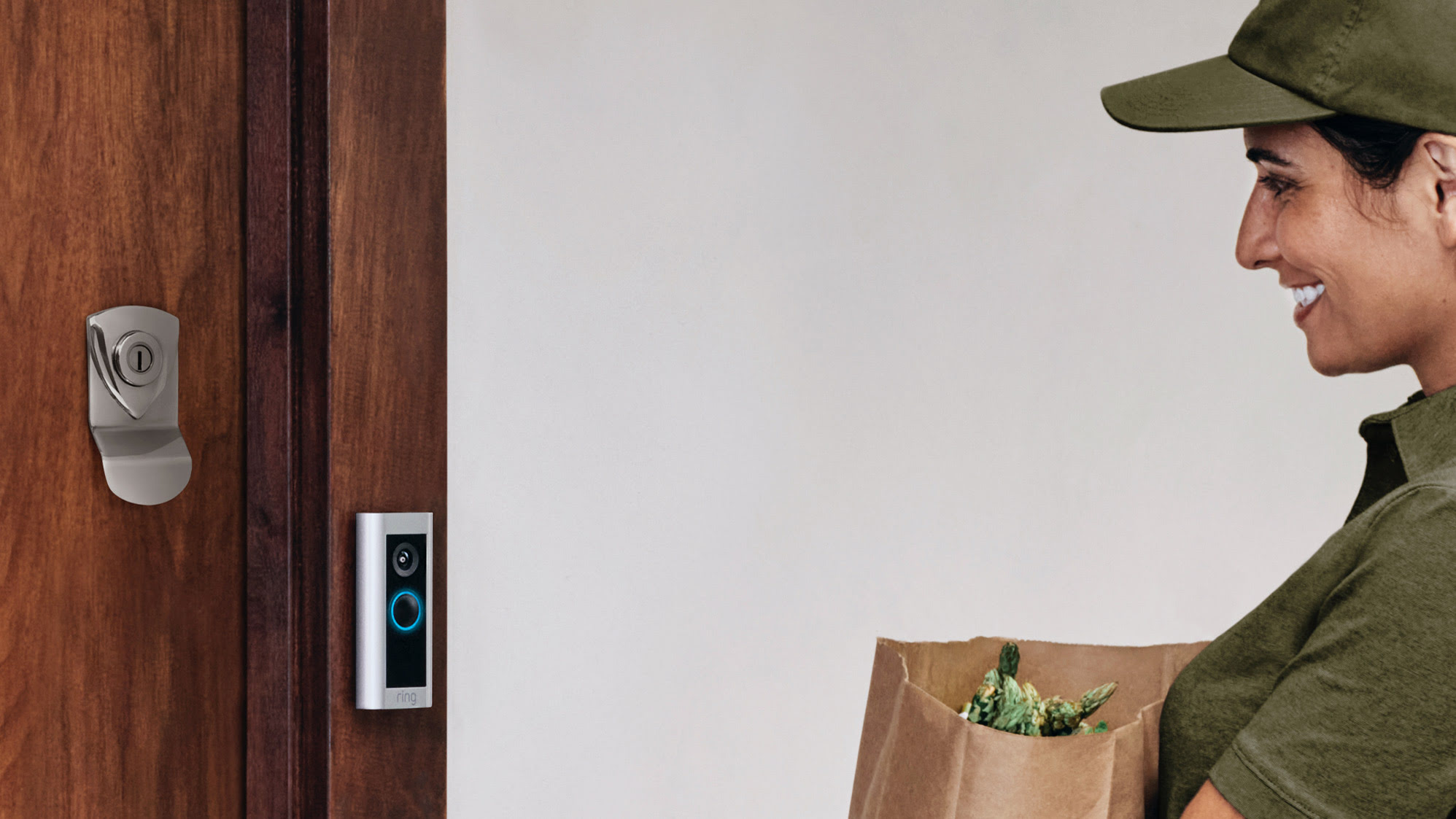
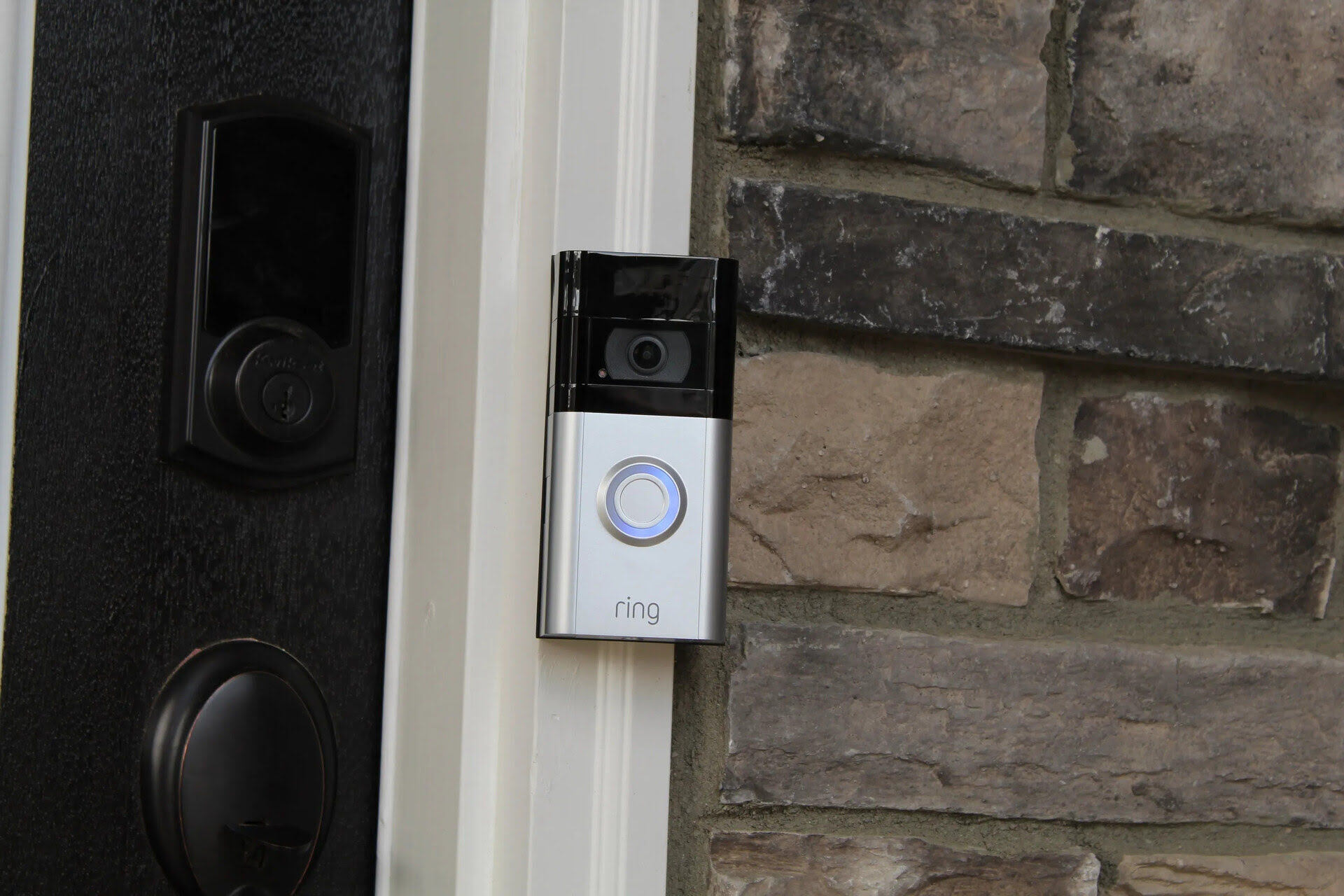


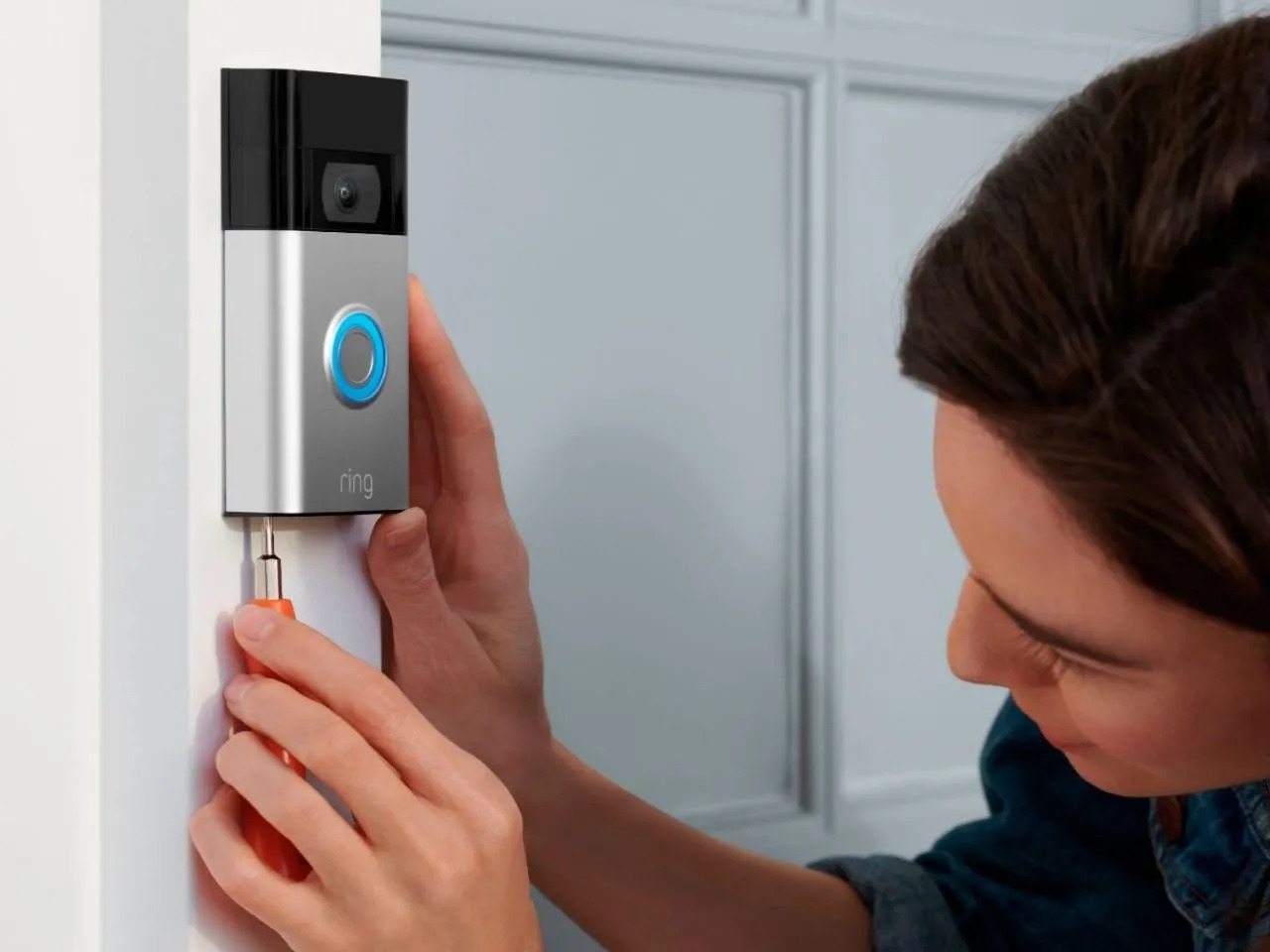
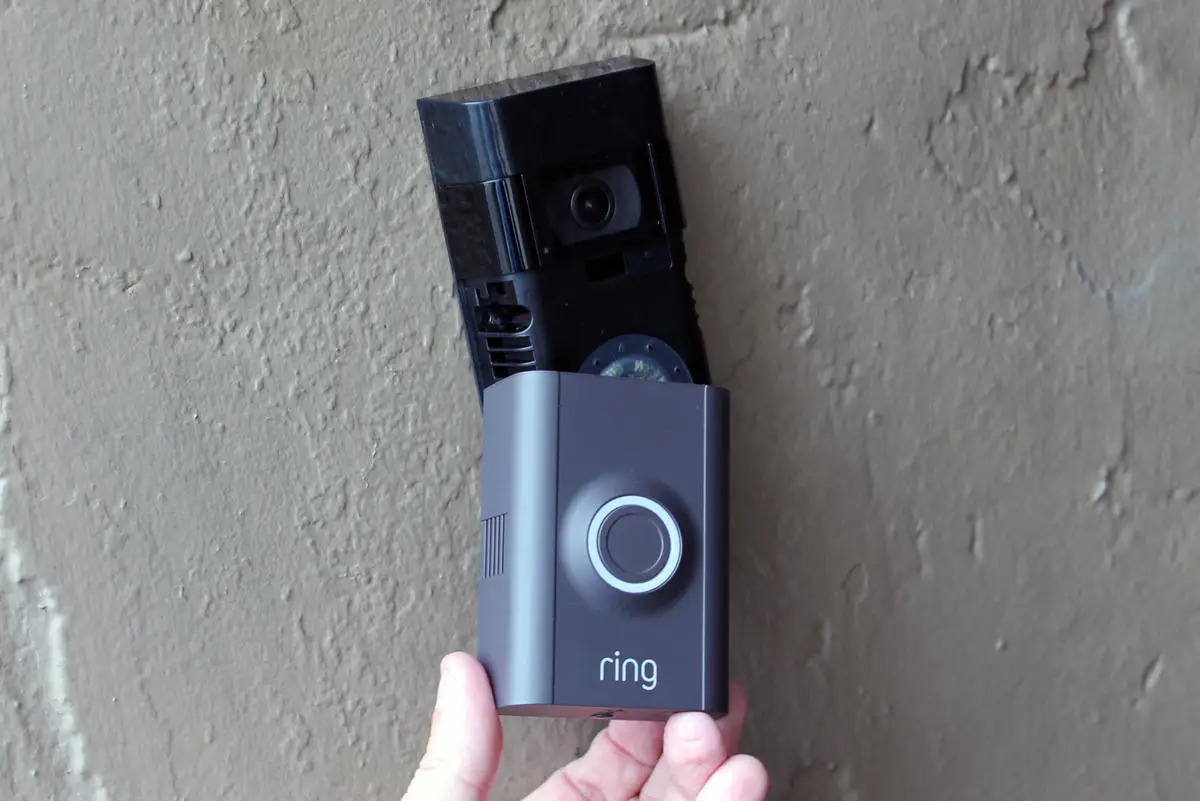
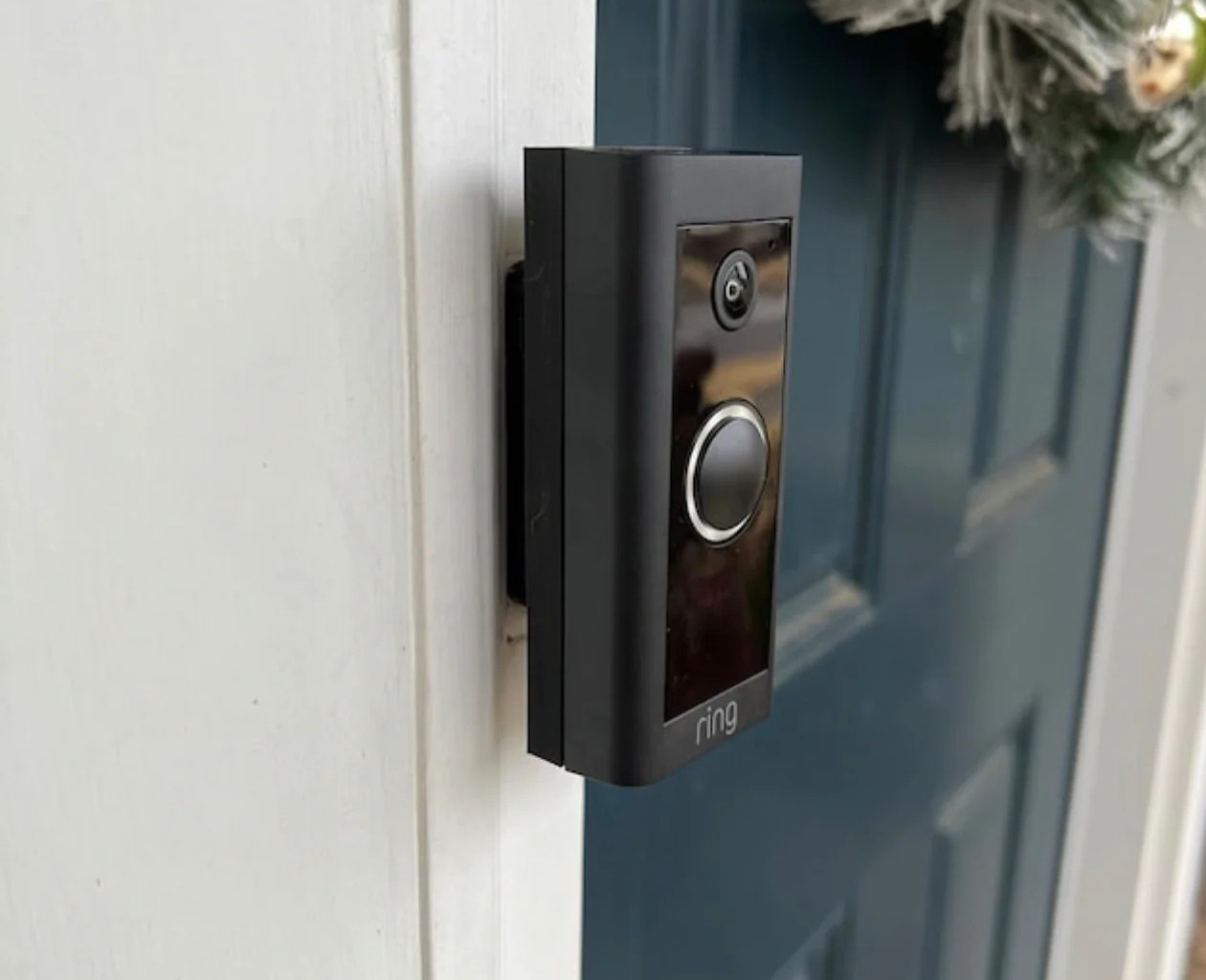
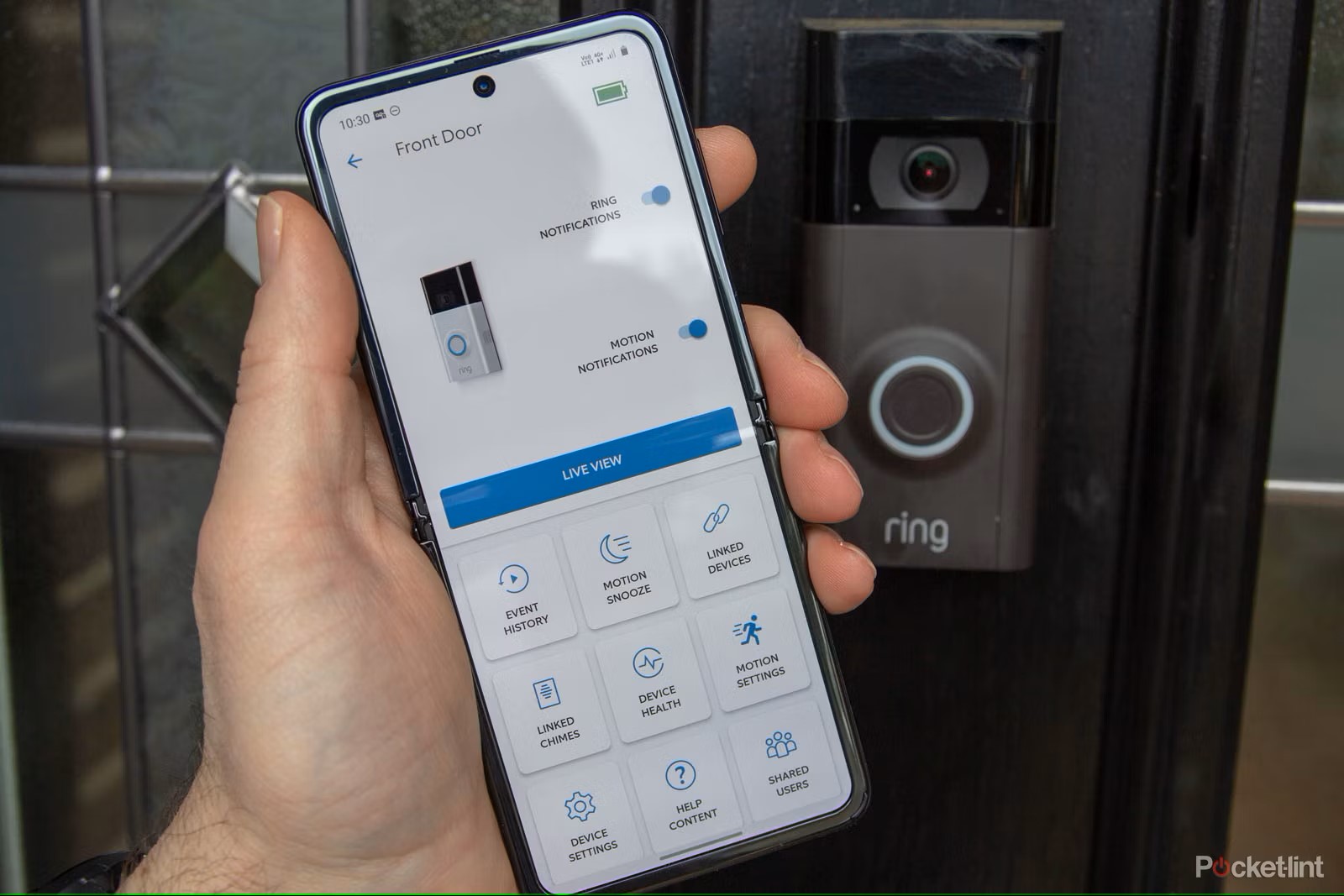
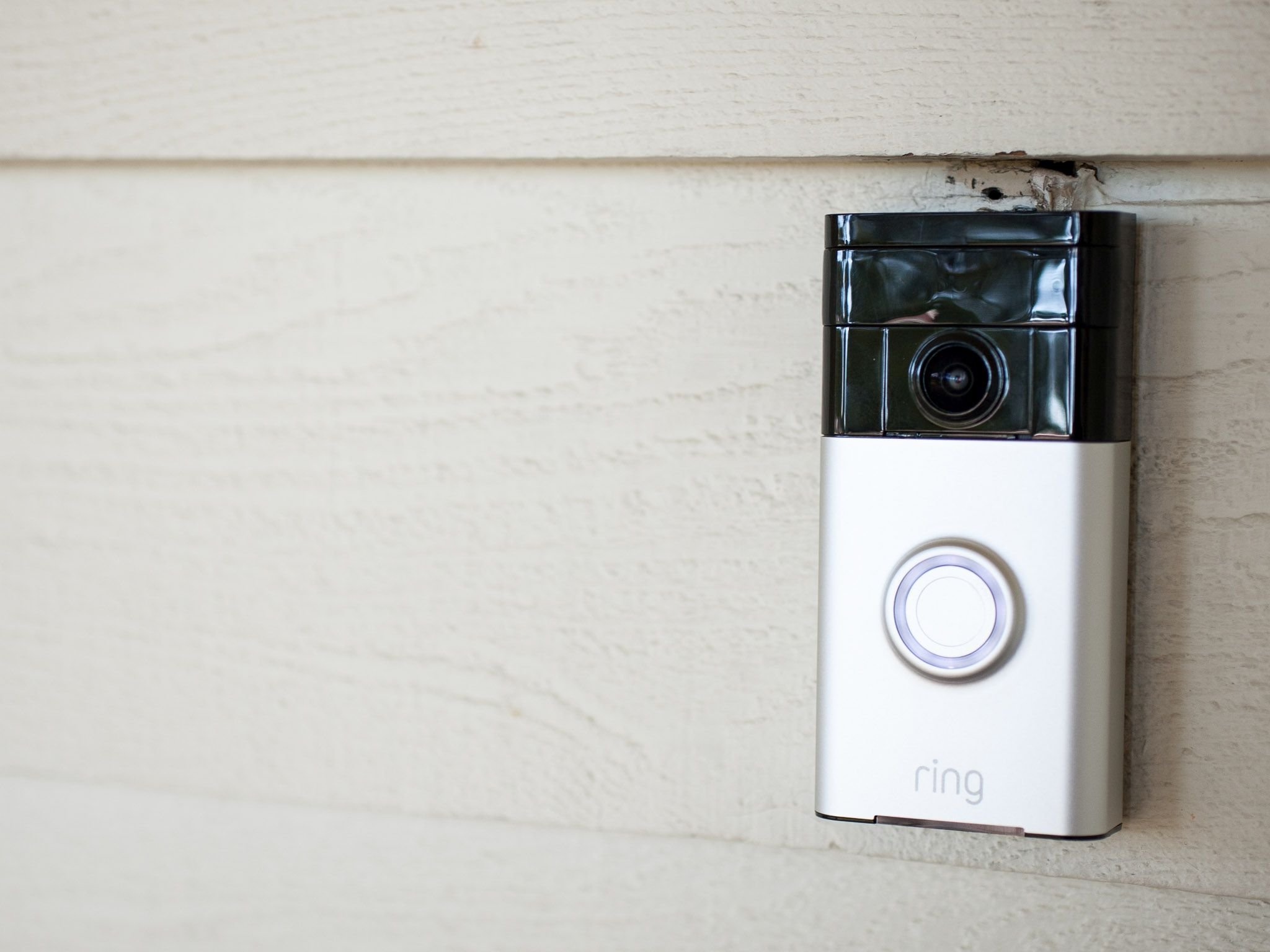

0 thoughts on “How To Adjust Sensitivity On Ring Doorbell”